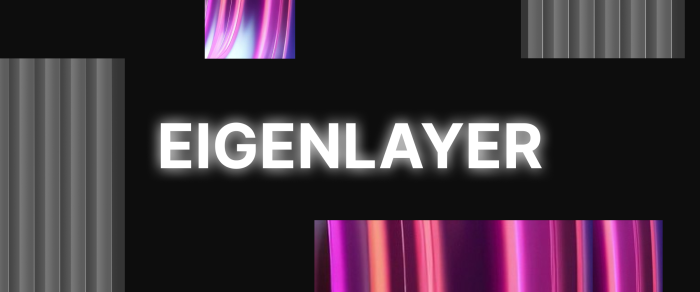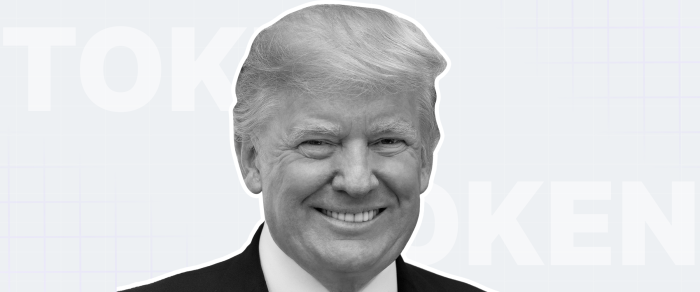BlockFi Left $227 Million at The Failed Silicon Valley Bank.
BlockFi, the bankrupt cryptocurrency lender, had left $227 million to Silicon Valley Bank, which was closed down by a federal regulator on March 10.
Accessing the unprotected cash that BlockFi left at the failing bank may be difficult until a buyer comes along.
On March 10, the FDIC liquidated SVB and established the Deposit Insurance National Bank of Santa Clara.
SVB failed following a $1.8 billion loss coming from a bond investment that was liquidated because depositors sought to reclaim their cash deposits, and it was unable to acquire new capital.
BlockFi held $227 million in unprotected funds via a money market mutual fund after declaring bankruptcy in November, according to the U.S. Trustee in a court filing on March 10.
And by the way, the FDIC does not insure funds in a money market mutual fund.
The FDIC insures assets up to $250,000, with any amount over that amount considered an uninsured deposit.
On March 10, the agency announced it will give uninsured depositors an advance dividend within the next week. Uninsured depositors will receive a certificate for the amount of remaining uninsured funds. Future dividend payments to uninsured depositors may be contemplated as the FDIC sells Silicon Valley Bank’s assets.
Earlier in 2023, the U.S. Trustee cautioned the crypto lender that it might not comply.
BlockFi stated that it intended to offer proof that the corporation complied. Nevertheless, the United States Trustee stated that BlockFi had not fulfilled compliance by March 10, when the FDIC took over SVB.
What Happened Earlier
BlockFi declared bankruptcy on November 14 after deciding to suspend withdrawals and other activities owing to its exposure to FTX, a failing cryptocurrency exchange that also declared bankruptcy.
BlockFi, which claimed to compete with traditional banks, was one of the victims of the liquidity crisis precipitated by the collapse of sibling tokens Luna and UST last May, which saw at least $55 billion disappear.
The industry’s mainstay was the two leaders of Sam Bankman-crypto Fried’s empire, FTX, and its sister business Alameda Research. The two corporations had acted as crypto enterprises’ saviors and were weakened due to the collapse of the two coins.
As a result of this disaster, cryptocurrency lenders Voyager Digital and Celsius Network filed for Chapter 11 bankruptcy. Hedge firm Three Arrows Capital was forced into liquidation.
Last July, BlockFi negotiated a bailout with FTX US, a U.S. subsidiary of FTX.com. The agreement included an option for FTX to buy BlockFi at a variable price, depending on performance, with a maximum price of $240 million. FTX and Alameda Research bailed out several other firms.
The agreement also included a $400 million revolving credit facility. The final purchase price was $680 million.
All of these bankruptcies have the same victims: investors who are unsure if they will be able to get back their investments. According to court filings, FTX’s top 50 creditors are owed more than $3 billion.



